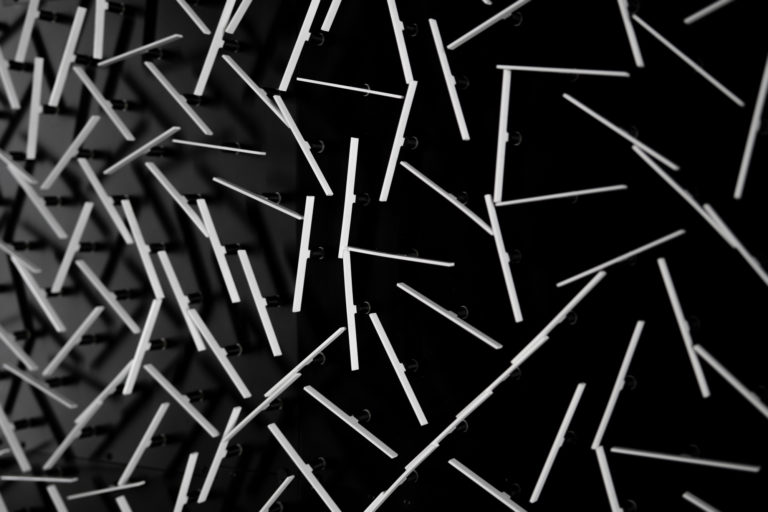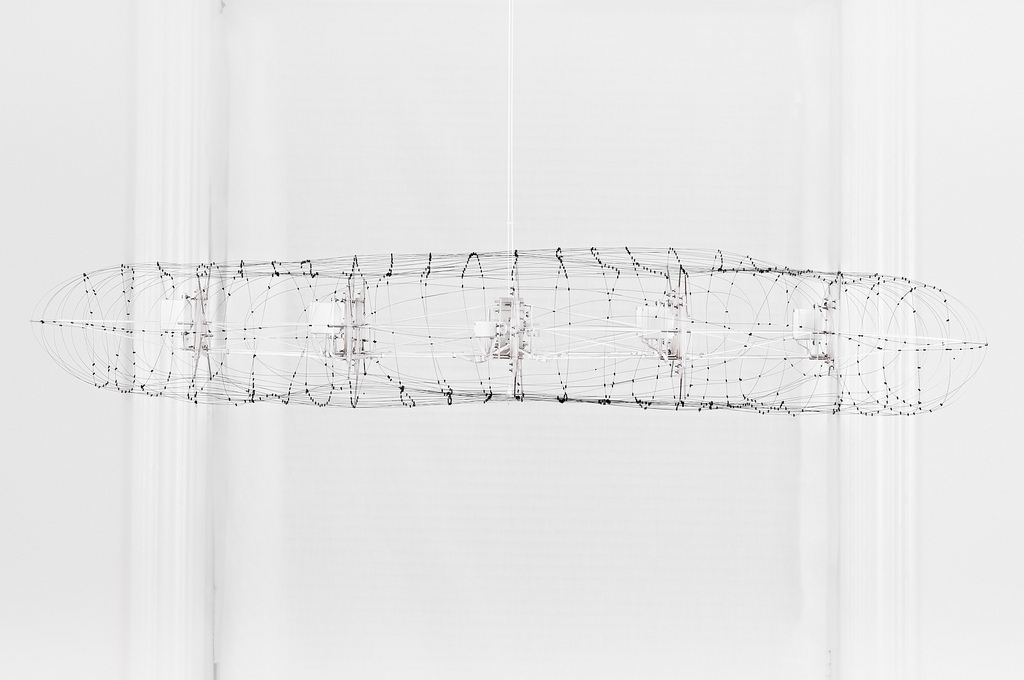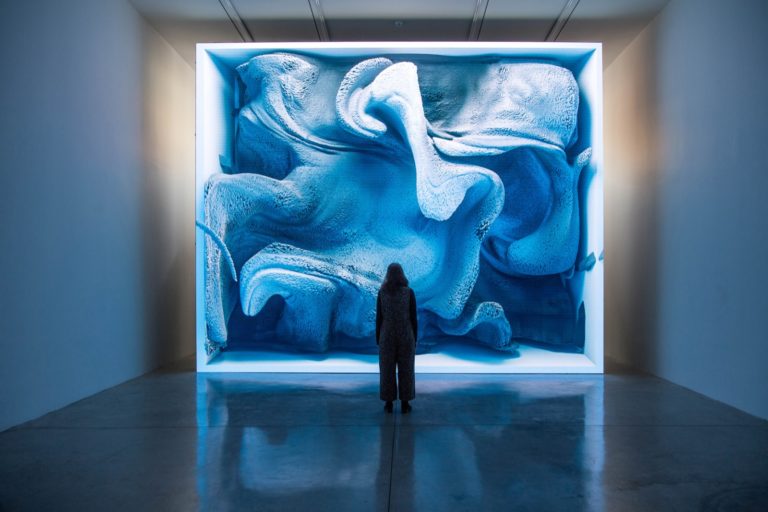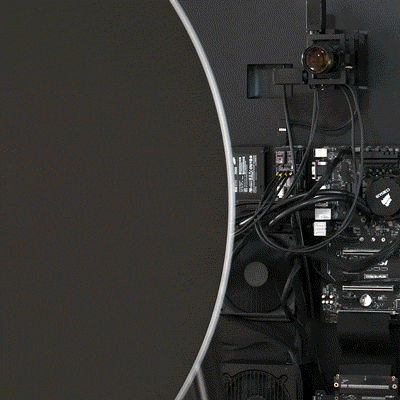Six centuries later, the learning algorithm Stylegan2 follow the heritage of medieval copyist monks and creates a new version of the “Book of hours”, an apocryphal work.
Apocryph highlights two issues that have emerged with the widespread use of artificial intelligence (AI): If A.I. is trying to imitate the way human beings learn and do things, will it be able to fully take their place? Does it produce an apocryphal work: an unidentifiable, dubious or even fraudulent work, when data processing rhymes with the anonymization of its sources, the recomposition of works and the dissolution of their origins, including the author’s copyright?
I postulate here that machine learning processes extend the work of medieval copyist monks. In doing so, they also inherit their anonymous status.
In an era where authority only came from God, the notion of authorship did not exist. The artist did not express himself as an individual. He effaced himself out of humility, his written and painted works being intended for devotion. Monks needed many years of training before they were able to copy and create. The content evolved depending on the skill, imagination, or integrity of the copyist.
Each of these manuscript copies gave rise to infinite variations. So much so that the apocryphal status of some is debated. A large number of these manuscripts are available on Gallica.bnf.fr ou Archive.org. Notably, the numerous versions of the “Book of Hours”, the prayer book most commonly used by lay Christians to meditate in solitude. Conceived in the 13th century, these different versions were copied for over two centuries until the advent of printing. The monk-copyists also illuminated each page with scrolls and initials to stimulate the emotion of the believers and express the sacred character of the text. The rare versions that have survived have now acquired the status of works of art.

I choose to continue this work without authenticated origin or author and to train the StyleGAN2 learning algorithm with 40 versions from the 15th century. Six centuries later, StyleGAN2 thus insinuates itself into the great chain of medieval copyist monks and creates a new version of the “Book of Hours”.
The work is presented in the form of an open, leather-bound book. It is placed on a lectern for consistency with the monastic context of production. Two screens are embedded in the double page spread of a book. Each of them broadcasts a video showing the evolution over time of the “Book of Hours” as reinterpreted by StyleGAN2. Illuminations and Latin calligraphic texts give the appearance of an apparently authentic version. But upon closer examination, the drawings are chimerical and the words unintelligible.
The methodical work of StyleGAN2, the latest disembodied copyist in a long line of anonymous individuals, does not reach the copying level of the monks.
Apocryph thus deliberately demonstrates the transformation of an original work through copying. Besides its critical scope, the work also raises the ethical question of the supposed almighty power given to the generative algorithm and the apocryphal status of the texts and images it produces.
Project Technical Info:
– Facsimile book (23.7 x 35 x 5.7 cm), fully leather-bound (buffalo), burgundy bookmark, handmade 130 g paper.
– 2 x 1080p videos of 50 min x Raspberry PI Zero + 8″ IPS HDMI display
– Black wooden lectern
– Made using NVIDIA StyleGan 2, Adobe Photoshop, Ffmpeg and Omxplayer
Project Page | Nicolas Boillot













